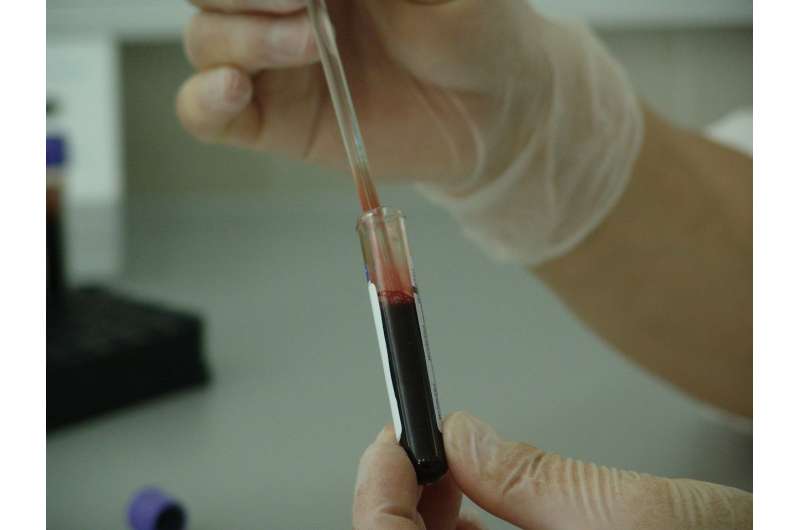Credit: CC0 Public Domain
Emerging cancer nanotechnology enables targeted delivery of drug payloads to cancer sites with concomitant reduction of side effects due to reduced accumulation in critical organs. This prompts research into nanocarriers of therapeutic cargo and contrast agents, allowing combined cancer therapy and tumour visualization, respectively. Researchers from Lobachevsky University of Nizhny Novgorod, Russia, have implemented such a combined therapy using conjugates of radionuclide yttrium-90-doped upconversion nanoparticles (UCNP) and a targeted toxin. The resultant hybrid theranostic complex shows high therapeutic efficacy and high imaging contrast both in vitro and in vivo. More specifically, the complex addresses oncotherapy of HER2 positive cancers.
The core of the complex represents a UCNP. Owing to their unique photophysical properties, UCNPs are widely used as a platform for assembling theranostics complexes. The conversion of deeply penetrating near-infrared light (NIR) in biological tissue to visible, ultraviolet and NIR light is among the most useful properties of UCNPs.
The new theranostic complex carries two toxic modules—beta emitter 90Y and targeted toxin DARPin-PE40, which exert toxic effects on tumour cells by different mechanisms. A strong synergism in the toxic effect was observed upon the use of two toxic modules, i.e. the total effect of the two toxicants was more than an order of magnitude greater than a sum of the separate toxic effects. "We speculate the targeted toxin blocks protein synthesis in the cells, while a beta-emitter 90Y causes the formation of free radicals and reactive oxygen species in the cells, along with direct damage of macromolecules. A significant increase in the toxicity of the theranostic complex compared to its individual modules was due to damage of the protein synthesis involved in the antioxidant protection and repair of the ionizing radiation-mediated damage," saus Dr. Vladimir Vodeneev.
Tumours are typically characterized by cellular heterogeneity. Oncotherapy based on administration of mono-drugs suffers from poor therapeutic efficacy, in addition to the development of multiple drug resistance. The designed theranostic complex featuring two toxic modules of differing therapeutic actions are believed to be more potent in the treatment of heterogeneous tumours with reduced drug resistance.
The produced theranostic complex was capable of inhibiting the growth of xenograft tumours upon an intratumoural administration. Apparently, this effect was due to the local action of both therapeutic agents and their long-term retention in the tumour, and because of a larger dose of the ionizing radiation absorbed by the tumour tissue. The obtained results show promise for effective combined oncotherapy leading to prospective translation to clinical practices.
More information: Evgenii L. Guryev et al, Radioactive (90Y) upconversion nanoparticles conjugated with recombinant targeted toxin for synergistic nanotheranostics of cancer, Proceedings of the National Academy of Sciences (2018). DOI: 10.1073/pnas.1809258115
Journal information: Proceedings of the National Academy of Sciences
Provided by Lobachevsky University























